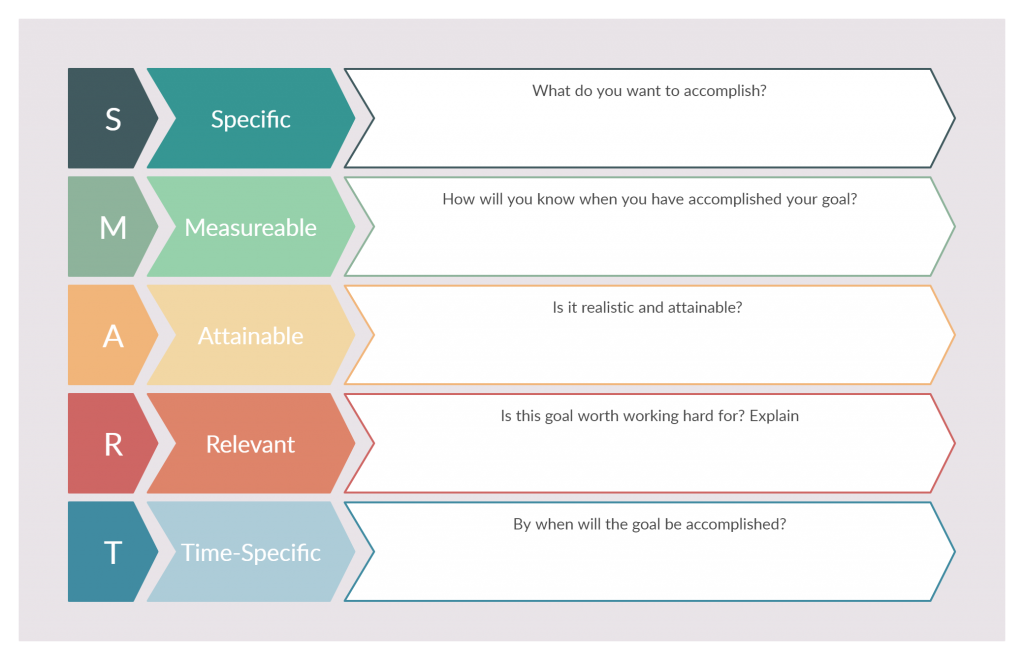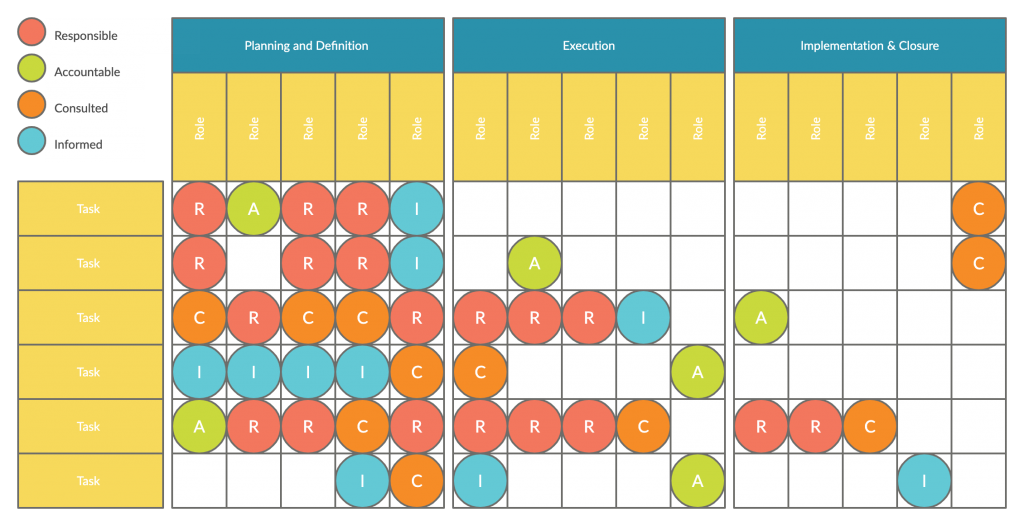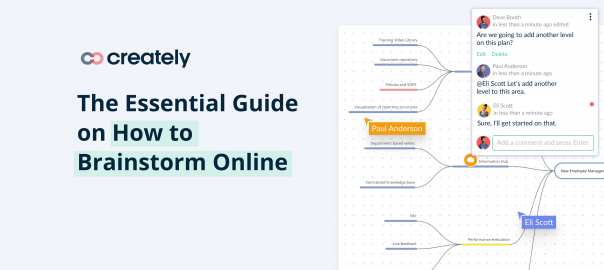Working remotely does not need to be a disruption to foster meaningful relationships between mentors and mentees. There are multiple whiteboard and remote collaboration tools that enable you to continue training and mentorships with ease in real-time.
Creately, together with Gren Gale at PM Results held a Twitter chat to explore ways of training and mentoring remote employees to enhance the productivity of the workforce. Given below is a curated version of the discussion.
Q1) New remote employees usually struggle with reduced access to an ‘over the shoulder’ instructor support; how to overcome this problem?
Gren Gale points out that many companies do not have clearly defined processes. Often only a few people know how exactly the processes work. He says that this may lead to confusion among new remote recruits.
“I recommend companies analyse and document their processes. While this isn’t a five-minute job and may divert busy people, it’s work you should definitely undertake. I recommend you look at Lean Six Sigma to analyse processes and you can use Creately to collaborate on and document them.”
He further suggests that both office-based and remote workforces should build a knowledge base.
“All of your processes should reside on a knowledge base together with the expert knowledge that resides in people’s heads but never gets written down. The work hygiene stuff like expenses, payroll and HR policies should be there too.
It’s a good idea to include authors for each page in the knowledge base and a contact icon so people know who the experts are to ask questions.”
Q2) How to make information easily accessible to remote employees, especially online?
To this end, Gren Gale highlights the importance of having structured meetings – which are minuted – for remote teams on a daily and weekly basis.
“Questions like how are you doing? Are you stuck with anything? Or how do you feel about work? should be asked. Setting goals and then measuring how well new employees are doing is essential for both the management and the morale of a new employee.
It’s a good principle to organise daily team ‘stand up meetings’ and invite new employees to these. Employee engagement packages formalise these arrangements and I’m a big fan of these for remote or hybrid work.”
He also mentions that an organizational chart is also an essential tool for new employees.
“Try finding your way around a remote team or worse still, around a client of the remote company without any sort of organizational chart and you’re in big trouble. You need a chart that shows what people do and who they work for and how to contact them.”
He also recommends the use of employee engagement software to ensure that new employees are being supported by their managers and lets senior management know otherwise. Furthermore, organizing social events, face-to-face and online, will help new team members socialize with the rest of the team.
“I’m a big fan of a ‘wall of fame!’ whicis is somewhat similar to an org chart. The wall of fame contains images of people on the organisation chart with a short description of their background and hobbies.
It lets everyone on the team know what their colleagues look like and provides scope for small talk. Hey you’re a movie buff, keen cyclist or music lover. It opens up everyone’s background and interests and that helps inculcate the feeling of being in a team.”
Q3) What qualities qualify a person to be a good mentor to a remote employee?
Qualities such as being patient, being prepared to listen and making sure you are knowledgeable about the subject area or know where to get the information are both common to one-on-one and remote mentoring.
However, Gren Gale highlighted some skills that are specific to remote work.
“Both mentors and employees are required to be totally comfortable with the remote work technology, have an understanding of how the company is organised and who does what, and have an idea about the sorts of insecurities and frustrations remote workers might experience. A common feeling for new remote workers is imposter syndrome – are they good enough?”
He stresses that it is vital that mentors are sensitive to and understand this. it’s a lot harder to measure your performance against others when you’re remote. He adds that people leading teams remotely in particular can suffer from imposter syndrome.
Q4) How to find the right balance between overloading a mentee with information and expecting them to achieve their goals with the highest level of accuracy?
Gren Gale states that it’s important to give people simple tasks to do as soon as possible so they can feel they’ve achieved something and that they are able to find their way through this new organisation and make stuff happen.
“Imposter syndrome can lead to demoralization of new employees. As I mentioned earlier, I would recommend making use of employee engagement packages. They help with goal setting and reviewing. The strength of these packages is that employee satisfaction or unhappiness or lack of one-to-ones is flagged up in reporting to senior management – it ceases to be invisible.
He points out that it ultimately comes down to good management. However, being a remote manager is a whole lot harder than being office-based. It is important to make training a priority for all of your managers.
“I’ve managed a large team spread right around the world and I can honestly say I found it twice as difficult as managing face-to-face.”
He added that it is also important to train and support managers for remote work or their stresses may rub off on new employees and turn them off and demoralise them.
Q5) How important is it to match the mentee with the right mentors?
The short answer is, extremely important! It is also essential to find mentors who are comfortable with the technology and with the concept of remote mentoring. Gren Gale points out that many companies resorted to remote work during the past 18 months as a temporary measure, rather than a long term pattern. Therefore, it is possible that mentors may not have a lot of experience in remote mentoring and how people may react to what they are trying to convey. Hence, patience on the part of both mentors and mentees is vital.
“This needs to be on the 1:1 agenda with your manager. How is your training going? How are your mentors? The same thing needs to be asked of mentors. If it’s not working, change it. Getting mentors together also makes sense. There’s lots of learning to be gained and the more these guys talk and review what they’re doing the better they’ll get at it.
As is the case for managers. It’s worth considering training mentors in what they need to consider for remote mentoring to give everyone a better chance of making it work.”
Q6) What advice should a mentor give when helping mentees to align their goals with that of the organization’s?
To this end, Gren Gale states that communicating goals to all employees via available communication channels is incumbent on the senior management. This is why it is vital to have a clear line of communication in place.
“Goals should cascade down from the top with each level completing the goals set for the level above. Managers should always be delegating goals that align with the organisation’s goals. Once again this comes down to simple, good HR principles. Set people measurable goals and monitor their progress against those.”
Ensure that goals are measurable, achievable and fit with the objectives which your manager has been given by his/her manager.

Q7) How can a project manager keep track of assigned tasks in bigger and dispersed teams?
Gren Gale points out that the most effective solution is to use an appropriate project or task management package which allows you to stay on top of things with real-time alerts and notifications.
“Personally, I’d rather talk to each team member about their progress, in addition to receiving the progress data they enter via the project management package. However, this can be time-consuming. If you can’t get everyone together in one virtual room, then look at how you’re going to communicate effectively on progress.”
He further added that there are innovative project management and meeting software that aims to make things fast and efficient. If a project management package is out of the question for you, then make sure to at least maintain an action list with a clear task allocation and deadlines.

Q8) How to build and maintain trust within a remote working team, especially among new recruits?
“No. 1 is don’t be a disembodied voice on a video call. Show your face! Turn on the video even if everyone else has it switched off. If you’re going to prove your professional credibility you need to be very organised. Maintain risk, issue and action lists and keep your plans up to date. Share each of these with your team. Stay on top of change.”
Gren Gale also suggests that it is always better to concentrate on making active efforts to fill the gaps in your knowledge, in addition to conducting your own research into unfamiliar technical areas, in order to stay up to speed.
“The way you act and treat the people in your team will earn you respect. You need to respect their culture, customs and personalities as well as run the project in such a way as to gain respect.
Inevitably project management involves a degree of subtle manipulation to get what you want when you need it from the wide groups of people who are involved in delivering a project.”
However, managers should also be careful not to seem like political manipulators or someone who is not aligned with the common goals of the team. The key here is to build trust.
“I’ve always found that if you trust and support people they’ll nearly always deliver for you. The most respected people are those who appear to have no hidden agenda but are working towards the common goal.”
Q9) How to set and properly communicate the expectations of a job role to a newly hired remote employee?
Issues may arise regarding the expectations of a person’s job role when there is a lack of clarity or understanding about it among employees. However, when this happens remotely, such problems can amplify in your mind. Glen Gale highlights that communication is the most effective solution to overcome this.
“Communication in remote teams is key. Managers must hold one-on-ones with each of their teams on a regular, preferably weekly basis. These meetings must include goal setting and review as well as explicit questions about how an employee is feeling.
Team meetings and short daily ‘stand-up’ meetings are also important components in communicating what the team is trying to achieve and should lead to issues with new joiners being resolved more quickly.”
Q10) What steps can both the manager and new recruit take to foster a positive relationship with each other and avoid issues?
Gren Gale stresses that honesty and openness on both sides is essential to spot any problems. This applies to office-based staff too. However, one thing that is worthy of note is that people tend to have less inhibitions on a video call than face-to-face. This may be a positive for remote work!
“It is also helpful for new employees to be able to talk about their managers with other staff to get perspective. Some managers may appear to be less approachable but people who know them may say don’t worry they’re fine after they get to know you.”
He adds that remote companies should strongly encourage social interaction between staff. This can be done by appointing social managers or social organisers in teams. They should go the extra mile to encourage new employees to take part.
“There are so many ideas on this front both online and real-world social events and ice breakers. You’ll find some in my books or just google it and you’ll find lots more! I’m also a big proponent of team meet-ups. Organised events to get everyone on a remote team together for a couple of days. This helps everyone bond and work as a team.”




